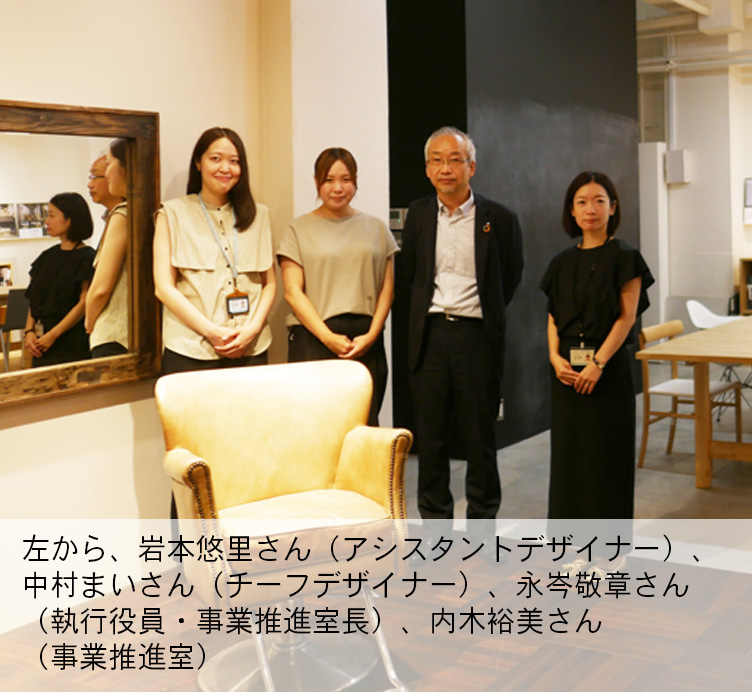Takara Space Design suggests the state-of-the-art space designs focusing on barbershops, beauty salons, dental clinics, and medical facilities. Currently, it receives over 1,000 orders per year and is involved in approximately 90 facility openings per month, and Shade3D is used in a series of operations that give shape to these proposals.
In the 1980s, the company shifted from hand-drawn drawings using a drafter to CAD, and in the 1990s, some employees began using Shade3D for more realistic presentation expressions, which gradually led to the full-scale introduction of Shade3D as the main software in the whole company in the 2000s. Currently, 111 out of the 149 employees in the company are involved in design, and all of them use Shade3D as a general rule.
Ms. Mai Nakamura, chief designer in charge of engineer design, says, "I feel that we are able to create designs freely as we develop 3D designs". At this company, assistant designers first create white perspective drawings from CAD drawings, reflecting everything from tenant framing to lighting plans. Based on this, the engineer designers then create materials and other details. "Although I don't have a lot of time for designing, Shade3D allows me to edit texture images and adjust colors without graphics software, which is very helpful. I can reuse materials that I have used in the past at the first meeting, and then design them in detail once the order has been made", says Ms. Nakamura.
In addition, the perspective images created are sometimes used in the construction phase. For example, when working on a design of beauty salon having complex interior, she verified the appearances of tables made of laminated wood on Shade3D and confirmed the cutting before delivering it to the site. When assembling the tables, she showed the perspective and explained it to the craftsmen to share realistic images with them.
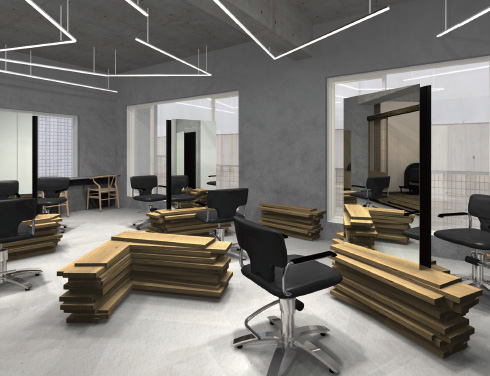 |
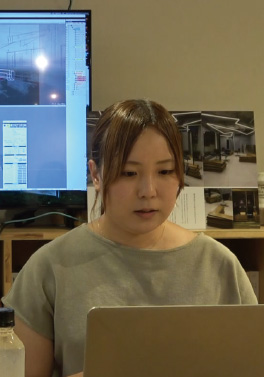 |
| ▲A beauty salon with a modern Japanese taste. Shade3D was used not only for the design of the tables, which is a complex shape made of stacked wooden panels, but also for its image confirmation during construction. (Ms. Nakamura) |
Ms. Yuri Iwamoto, who is an assistant designer and is often asked to create data in a short period of time, says that the great point of Shade3D is that designers can create models with high expressions quickly. "Swept curves were useful when we worked on a medical facility with the interior that had many curves. Also, when adding indirect lighting along a linear shape of a wall, we only have to open the linearity with a path replicator and place point light sources", says Ms. Iwamoto. Since assistant designers receive requests from multiple designers, registering materials and symbols to catalogs in the Explorer for each designer in advance will ensure a smooth process.
The designers build proposals on the software and think how to develop the design, while the assistant designers create what they are instructed as realistically and as quickly as possible. They collaborate with each other, utilizing Shade3D for different purposes. "When making proposals to clients, the designers themselves can use Shade3D to devise various ideas. I think it is very user-friendly software. In the future, I would like to find further utilizations, such as using it to create a real-time experience with clients by making proposals in 3D at meetings", says Mr. Nagamine, Executive Officer, Director of Business Promotion Office.
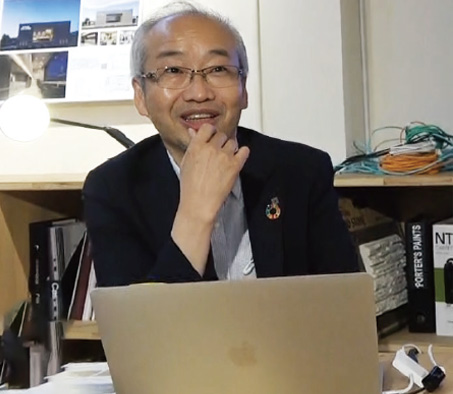 |
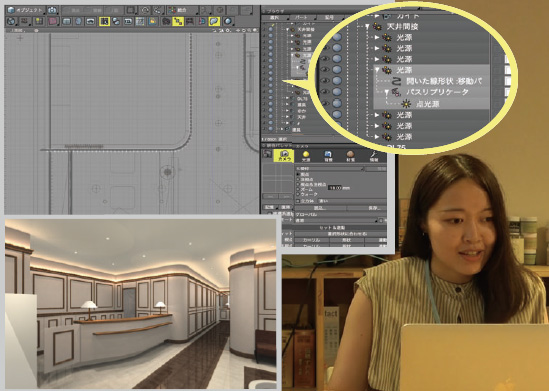 |
▲Left: "We create cutting-edge hairdressing and medical space design with Shade3D." (Mr. Nagamine)
Right: Example of space design for a medical facility. They quickly created curved surface with swept curves, indirect lighting expression with path replicator, etc. |
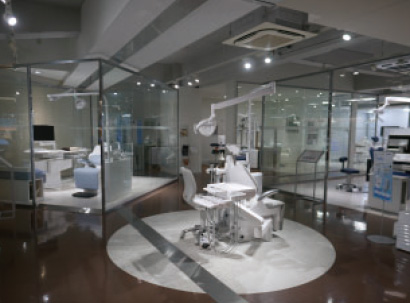 |
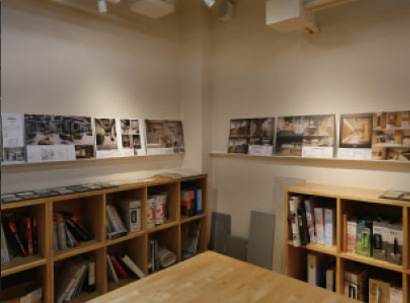 |
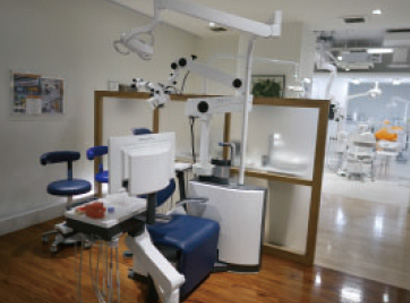 |
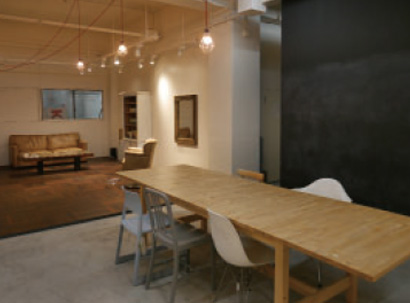 |
| ▲The Tokyo headquarters showroom (left) and meeting space (right) are both designed and engineered in-house using Shade3D. |
|
